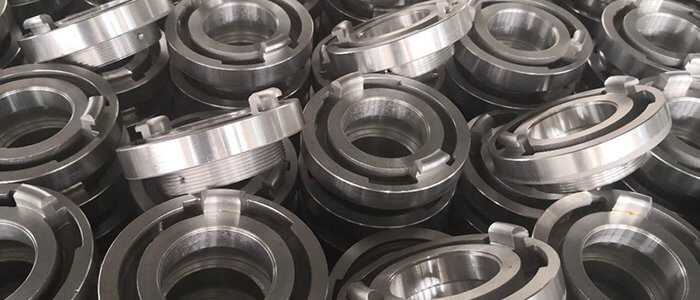Introduction
Precision casting, also known as investment casting, is a versatile and intricate manufacturing process that creates complex metal components with high precision and accuracy. In this method, the cavity is typically maintained in a negative pressure environment, which offers numerous benefits in terms of minimizing defects and achieving exceptional surface finishes. However, one persistent challenge in precision casting is the possibility of slag or impurities from the filter entering the casting during the pouring process. To ensure the highest quality castings, it’s essential to address this issue effectively.
The Negative Pressure Environment in Precision Casting
In precision casting, the use of a negative pressure environment within the casting cavity has become a standard practice. This controlled environment helps to minimize the introduction of air and other contaminants during the casting process. The negative pressure promotes a more consistent flow of molten metal, reduces turbulence, and minimizes the risk of defects such as porosity.

The Slag Challenge
Despite the benefits of the negative pressure environment, the presence of slag or impurities can still pose a significant concern. Slag is a byproduct of the melting and casting process, and it can be detrimental to casting quality. When slag from the filter or other sources falls into the casting cavity during pouring, it can lead to defects, including surface imperfections, inclusions, and reduced mechanical properties. To ensure the highest-quality castings, addressing the issue of slag contamination is crucial.
The Solution: Slag Removal Bags
To mitigate the risk of slag or impurities entering the casting cavity during precision casting, one effective solution is the use of slag removal bags. These bags, typically made of refractory materials, are strategically placed within the gating system or pouring system of the mold. Here’s how they work:
Capture and Filter Slag: As the molten metal flows through the slag removal bags during the pouring process, the bags act as filters. They capture and retain any slag or impurities present in the molten metal.
Clean Molten Metal Flow: The clean molten metal is allowed to pass through the slag removal bags, while the slag and impurities are captured, preventing them from entering the casting cavity.
Quality Assurance: By using slag removal bags, the precision casting process ensures that the molten metal introduced into the cavity is relatively free from impurities. This leads to higher casting quality and reduces the likelihood of defects in the final product.
Regular Maintenance: It’s important to periodically replace or clean the slag removal bags as they become saturated with impurities. Routine maintenance helps ensure the bags’ continued effectiveness.
Conclusion
In precision casting, maintaining a negative pressure environment in the casting cavity offers many advantages in terms of product quality. However, addressing the issue of slag contamination is essential to ensure the highest-quality castings. The use of slag removal bags has proven to be a reliable solution to this challenge.
By strategically placing these bags in the gating system, precision casting operations can consistently produce components with exceptional surface finishes and mechanical properties, meeting the stringent demands of various industries. When combined with proper process control, monitoring, and maintenance, slag removal bags are an integral part of the precision casting process, supporting the creation of intricate and high-precision metal components.

